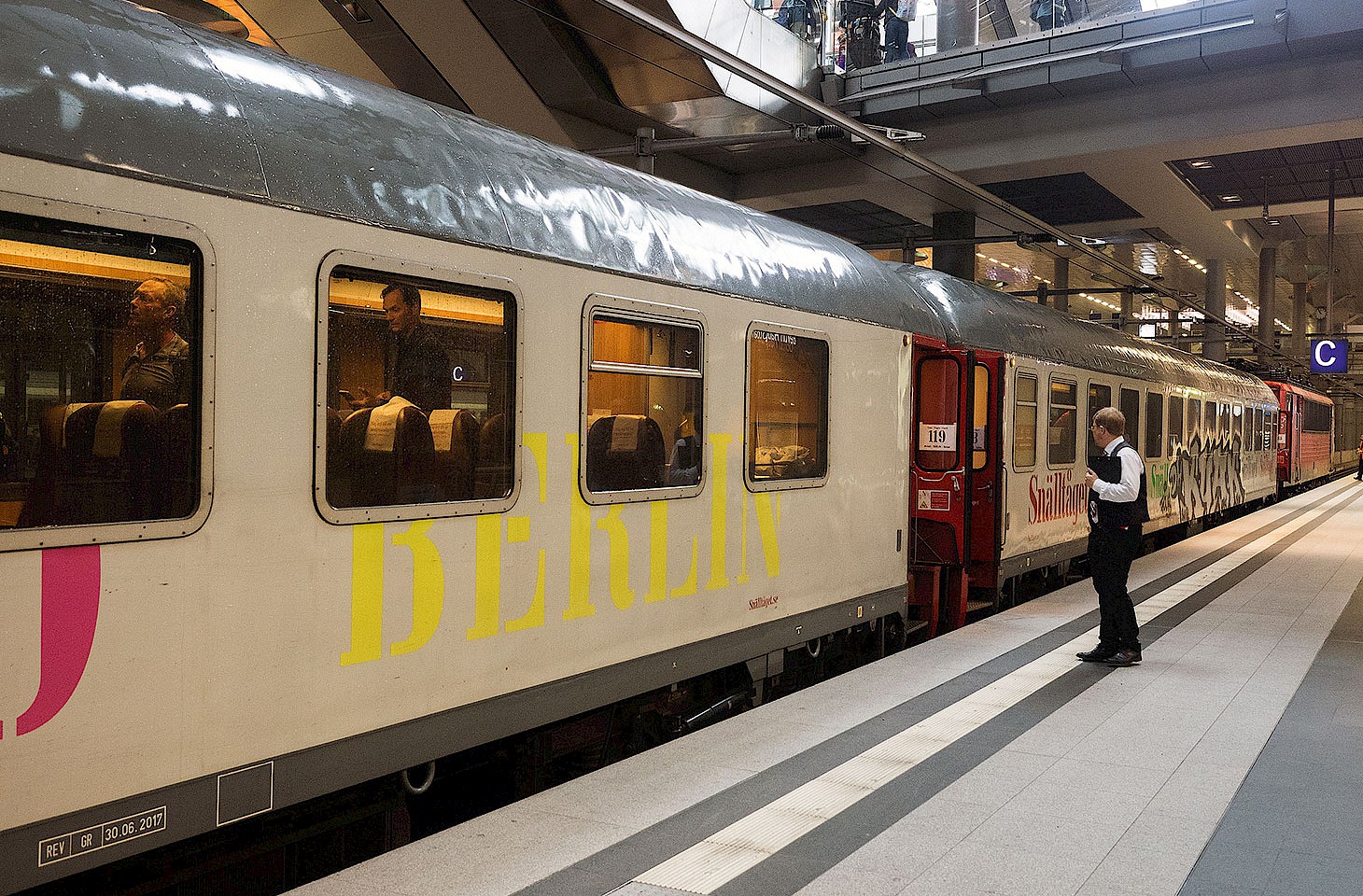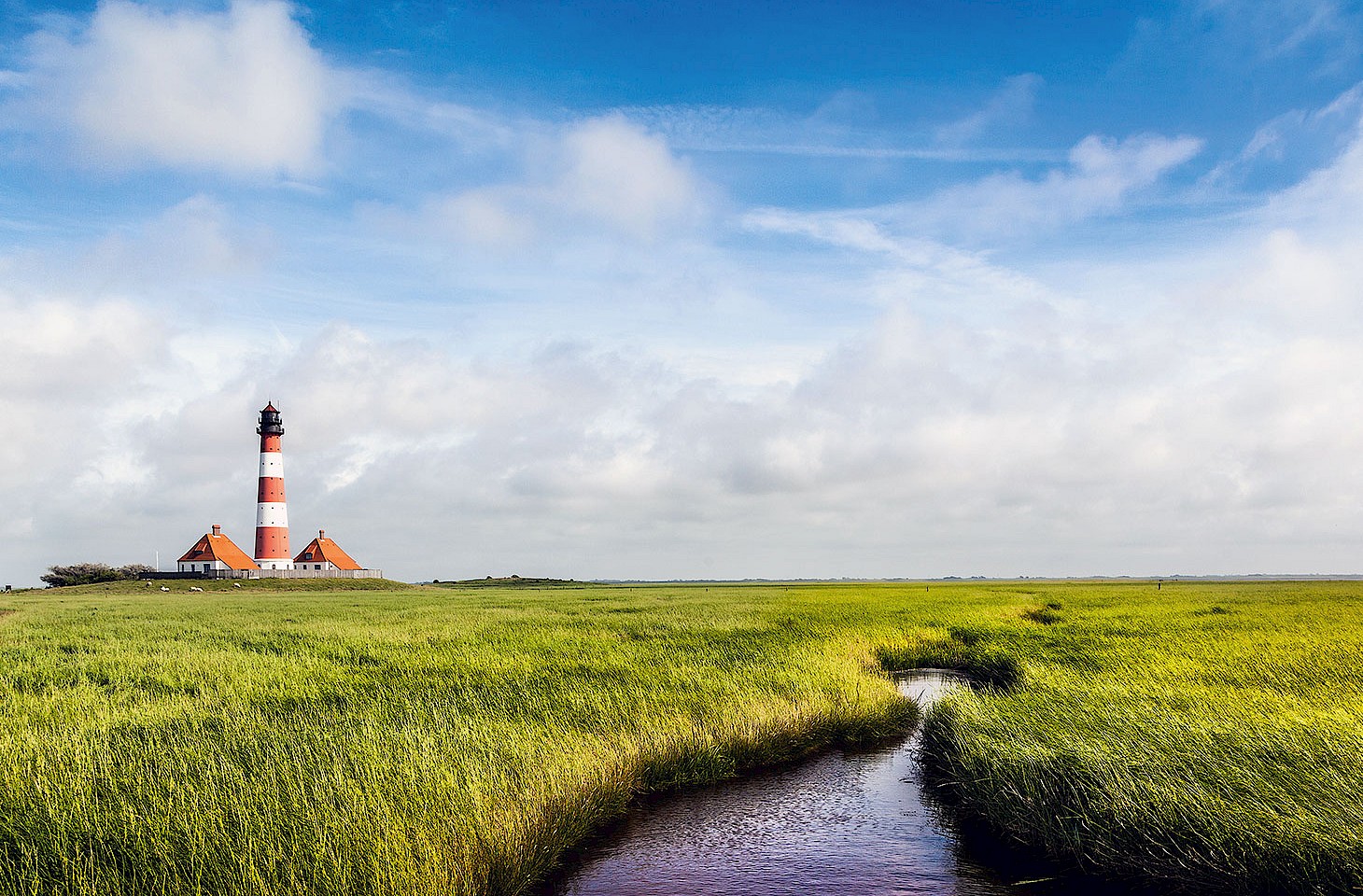The sign on the wooden post is very clear. "The boundary of the National Park lies one hundred and fifty metres seaward of the mean high water mark," it proclaims. This is a place where precision prevails. The announcement somehow implies that visitors with an entire year to spare and a long tape measure might in theory be able to determine exactly the line of that offshore frontier beyond which the sea snails and the oystercatchers benefit from official protection. At low tide, gulls swoop and dive over the wreck of a wooden ship that grounded here ages ago. On the mudflats that lead out to the wreck, a million lugworms jostle for space, covering the surface with little trails of sand spaghetti. Beach snipes, sanderlings and greenshanks wait attentively for the chance of a snack.
Welcome to the North Frisian island of Sylt, where it is not just the wildlife that needs protection. For this German island is also the habitat of a peculiar sub-species of homo sapiens. Consider Keitum, a village of picture perfect thatched houses; some might affect to call them cottages, but there is nothing remotely cottage-like about these essays in vernacular Frisian architecture, with their studied formality, manicured lawns and assertive displays of four wheeled wealth stabled on the drive. Many of the Mercedes and Porsches have a curious little sticker on the back, a silver splodge that depicts Sylt's odd shape. Back home on the autobahn in Bavaria or the Rhineland, one gains a little kudos by declaring a Sylt connection.




